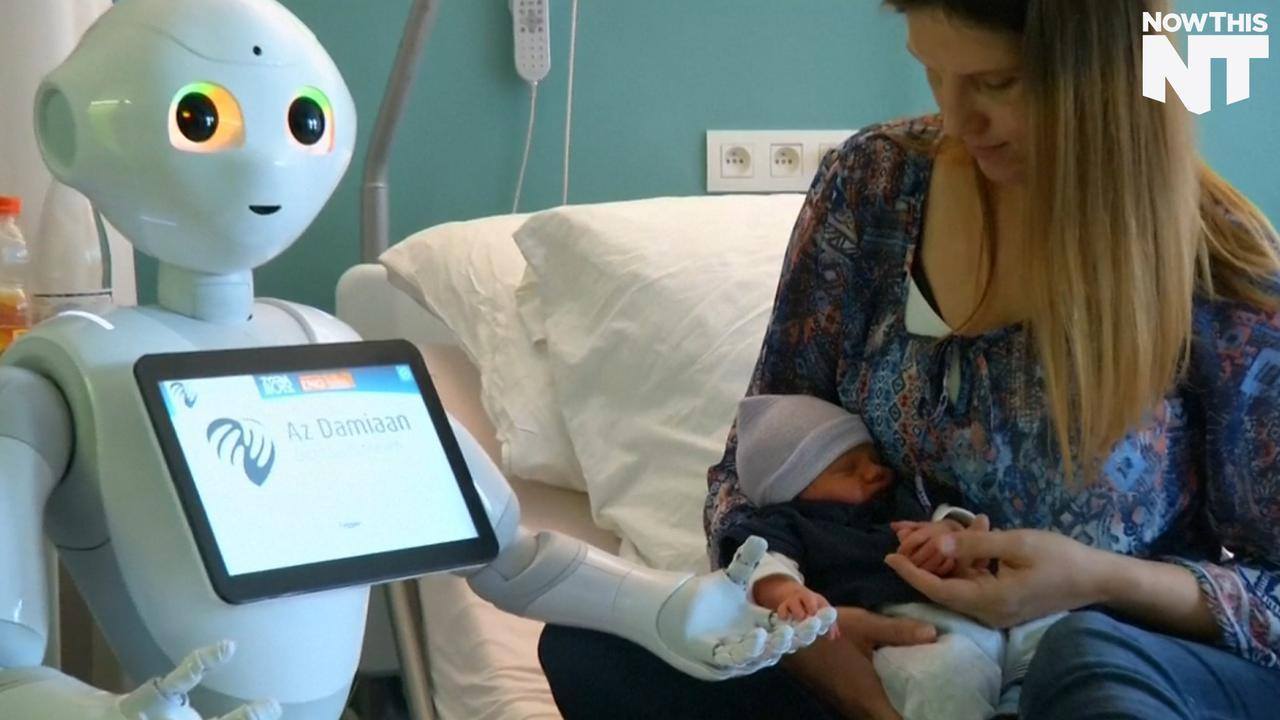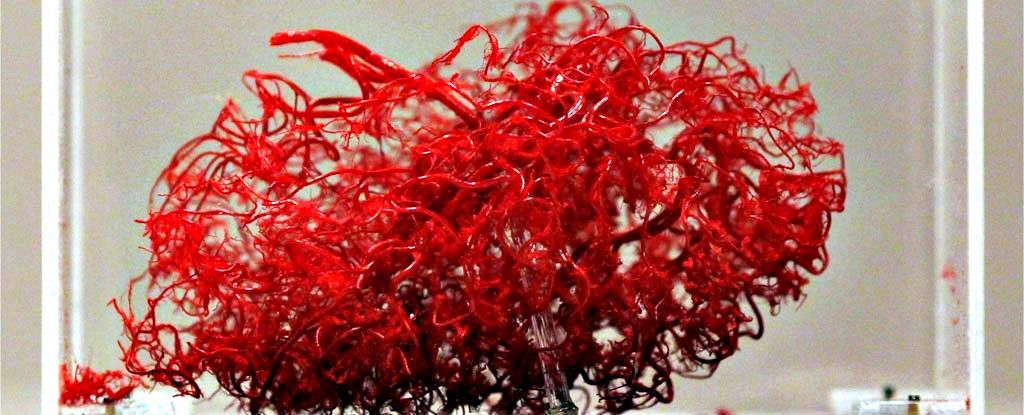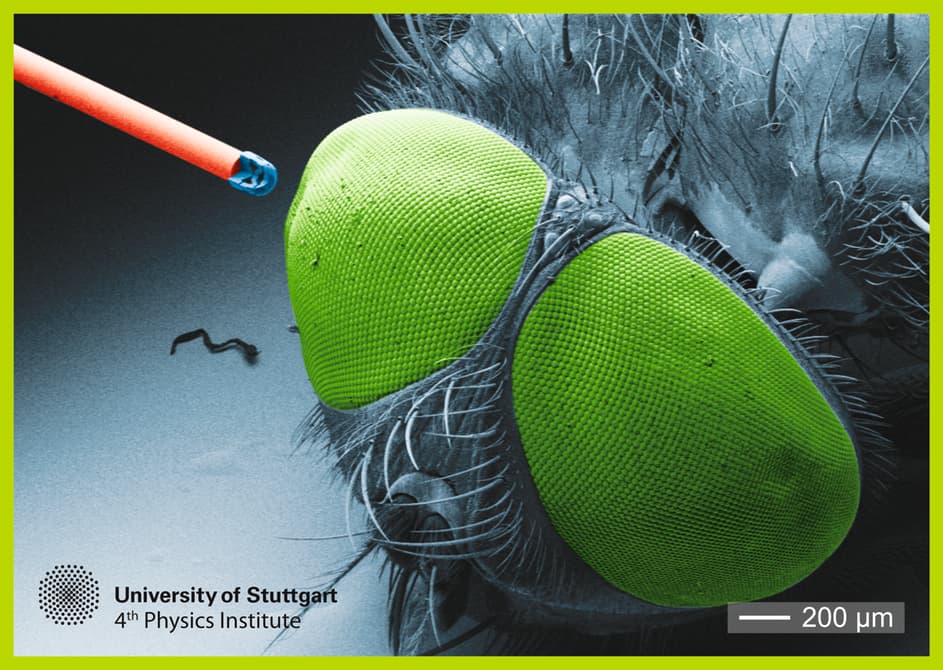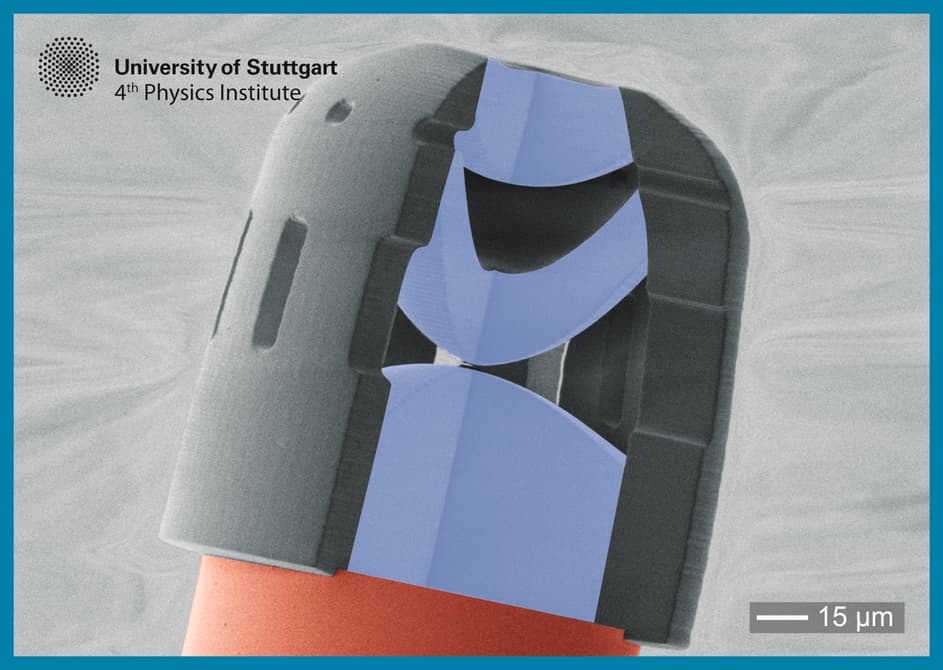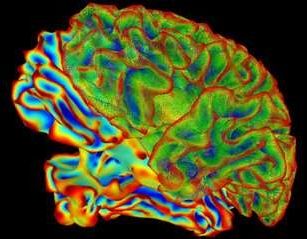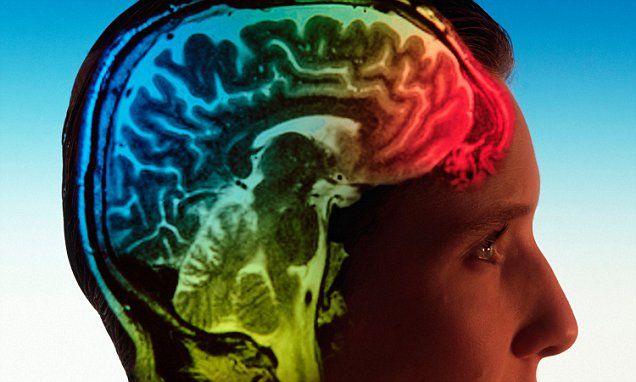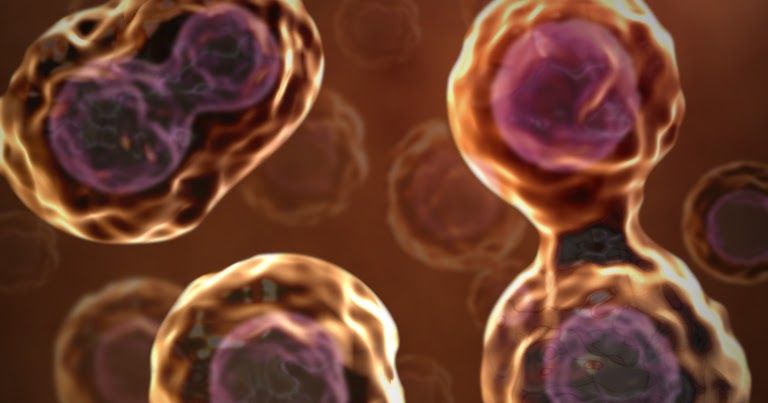Jul 1, 2016
Researchers identify calorie-burning pathway in fat cells
Posted by Shailesh Prasad in categories: biotech/medical, food
Investigators at Dana-Farber Cancer Institute in collaboration with scientists at the University of California, Berkeley, have identified a natural molecular pathway that enables cells to burn off calories as heat rather than store them as fat. This raises the possibility of a new approach to treating and preventing obesity, diabetes, and other obesity-linked metabolic disorders including cancer.
Reporting in an online publication by the journal Cell, scientists led by Bruce Spiegelman, PhD, director of the Center for Energy Metabolism and Chronic Disease at Dana-Farber, and professor of cell biology and medicine at Harvard Medical School, discovered the mechanism in energy-burning brown and beige fat cells in mice. They identified an enzyme, PM20D1, which is secreted by the cells and triggers the production of compounds called N-acyl amino acids. These N-acyl amino acids “uncouple” fat burning from other metabolic processes, allowing for weight loss. Such “uncouplers” were known as synthetic chemicals but this is the first known natural small molecule with uncoupling activity.
When they injected the N-acyl amino acids into obese mice which ate a high-fat diet, the researchers noted significant weight loss after eight days of treatment. The weight loss was entirely in fatty tissue.

